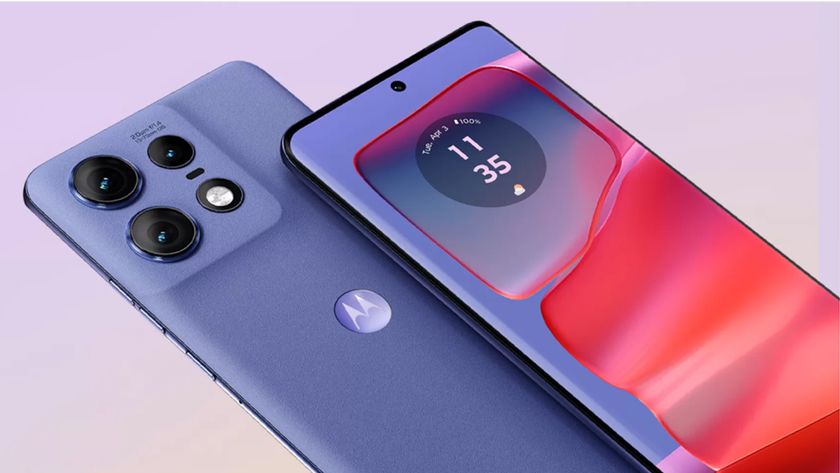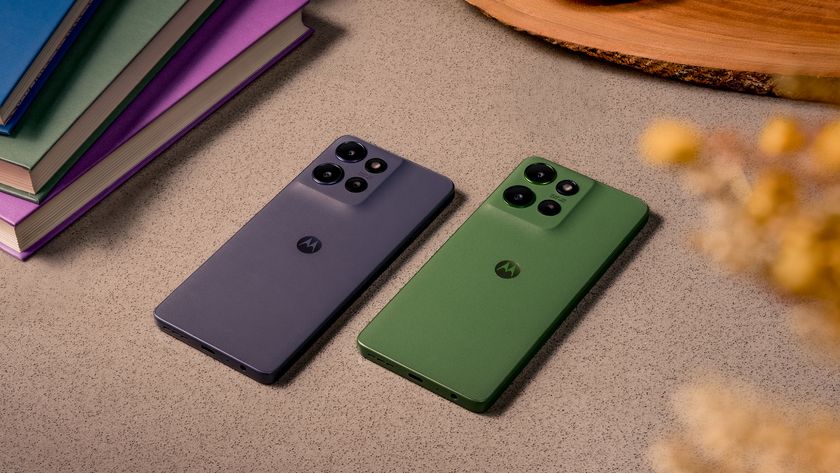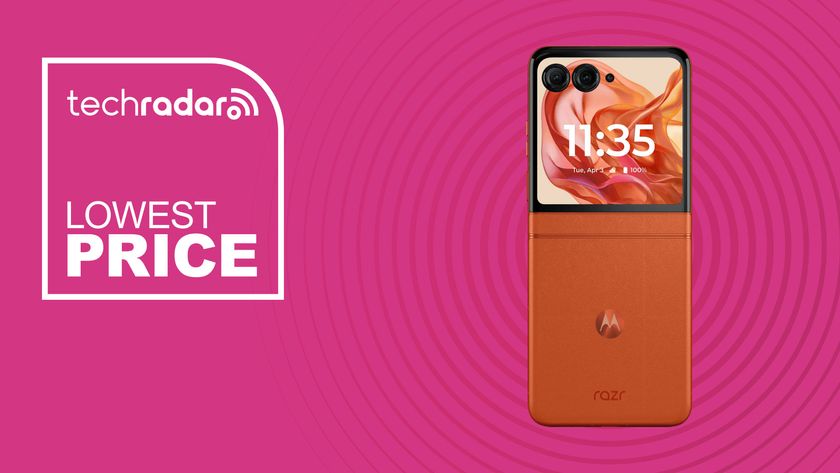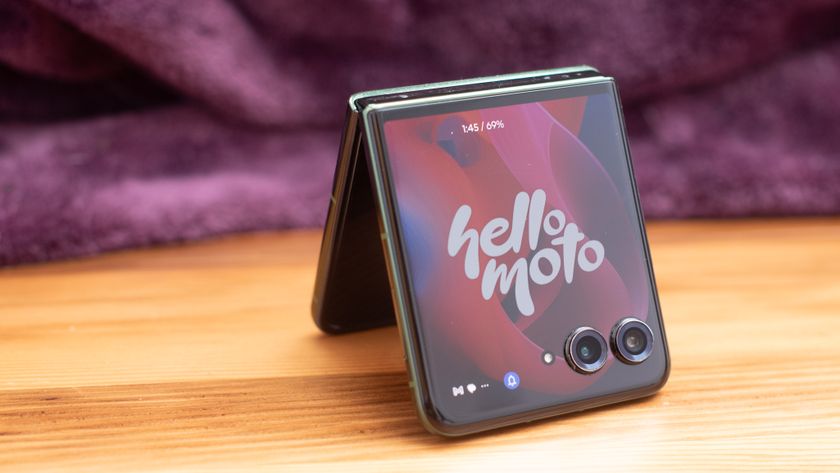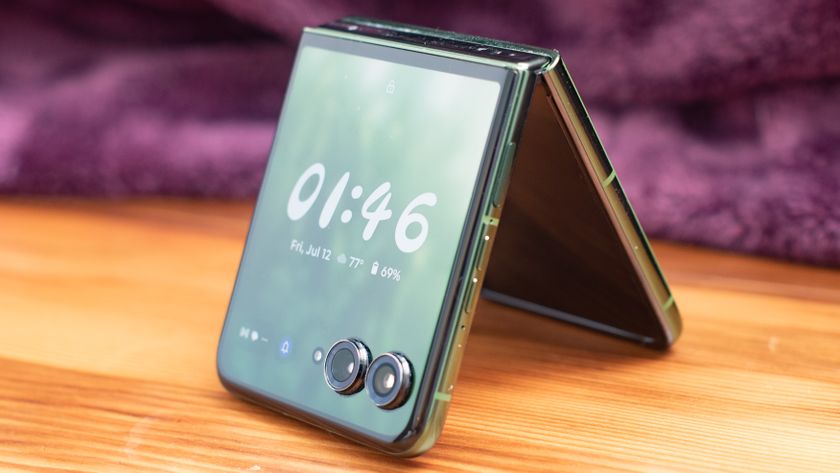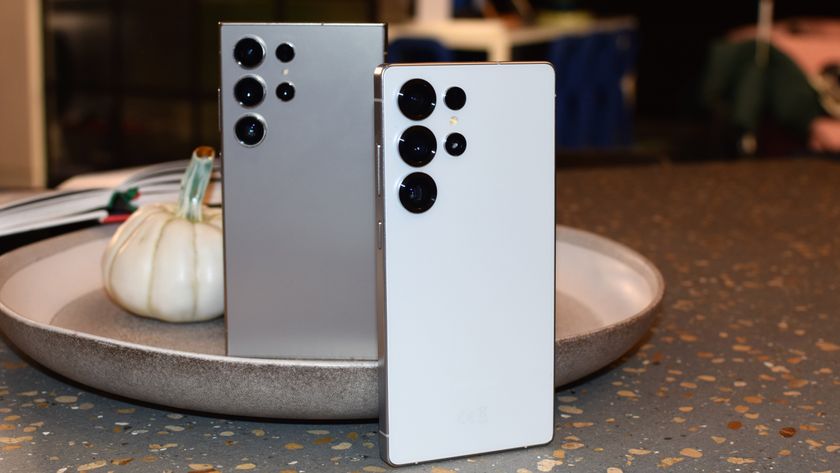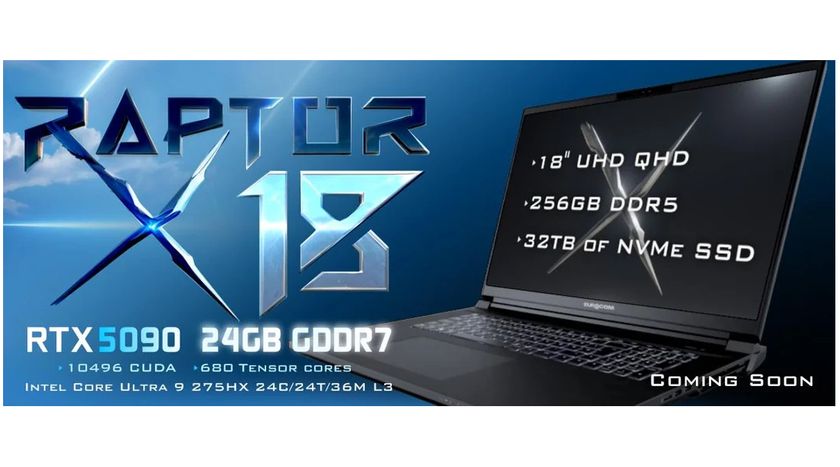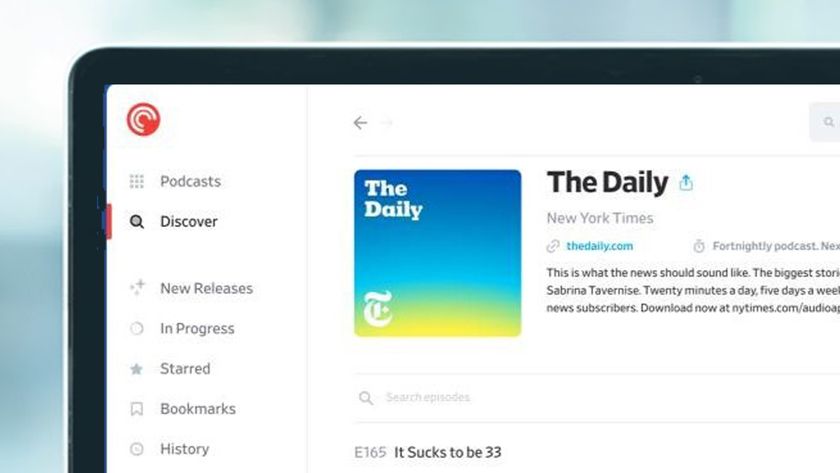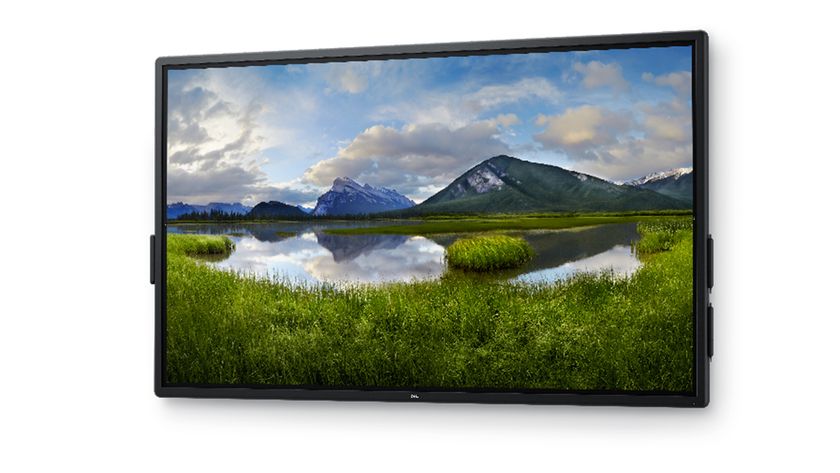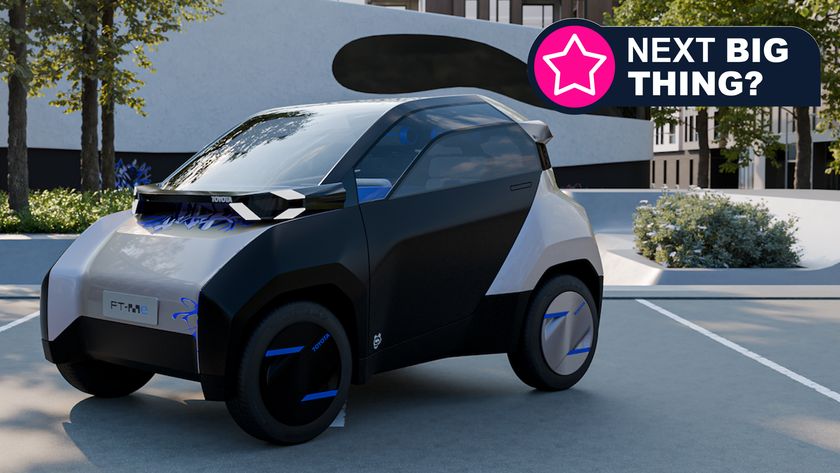Motorola Razr 2 likely won't drop the clamshell, and the design team told us why
Keeping that Razr form factor
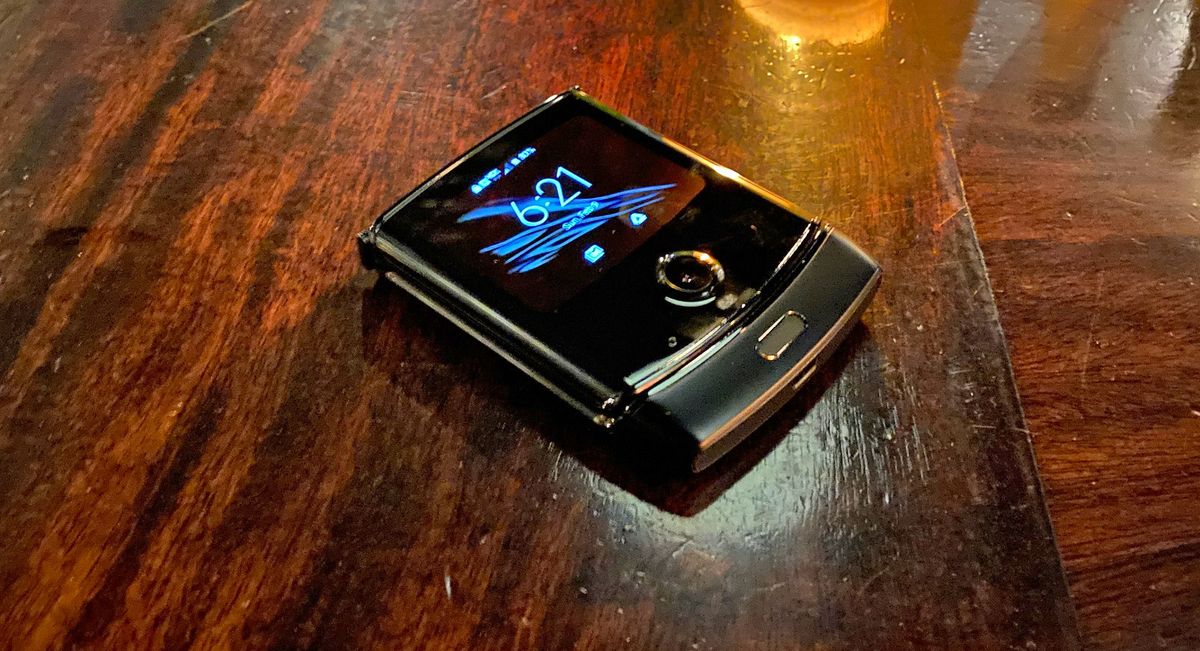
When we review a product on TechRadar, our writers often make a wishlist of what they’d like to see in its follow-up; it’s not often, though, that one gets the opportunity to ask the people who made the device what they’d like the next version to be like.
We recently spoke to two people involved in the creation of the Motorola Razr 2019 foldable phone, Vice President of Consumer Experience Design Ruben Castano, and Director of Product Management Carl Steen,
But we also go the chance to ask them both about the future of Motorola foldables.
In particular, what they’d like to include in, say, the Motorola Razr 2020 or whatever the next flexible device is. (It’s worth bearing in mind that this conversation doesn’t ‘confirm’ any features – just because the phone designers want a feature in the device, doesn’t necessarily mean it’ll end up in the finished product.)
Great ex-spec-tations
So what might change internally for the next Motorola Razr? According to Steen “Of course increasing the specs will be part of that for sure,” which is only natural given that’s usually one of the key changes between different device generations for any phone.
The Motorola Razr 2019 had unimpressive, mid-range specs, and when we asked about using a top-end Snapdragon chipset, Steen gave us an example as to why that wasn’t necessary “the Snapdragon only brought to the table things like Quad-HD performance, we didn’t have Quad-HD displays, so that would have been overkill."
Perhaps the next Motorola Razr will have a higher-res screen, meaning the use of the high-end chipsets that would more adequately justify the huge $1,499 / €1,599 (around £1,350, AU$2,000) price tag..
Get daily insight, inspiration and deals in your inbox
Sign up for breaking news, reviews, opinion, top tech deals, and more.
Steen also told us “things like 5G [...] are all items that we’d like to pursue on our next generation devices.”
That’s intriguing - while the wording strongly implies there’s no certainty of a 5G Motorola Razr 2020, to see that the company is pursuing a 5G foldable phone when it doesn’t actually have a native 5G phone at time of writing (not including the Moto 5G Mod, which lets you bring 5G connectivity to a Moto Z device) hints that perhaps Motorola is set to unleash a slew of next-gen-connected smartphones.

Finding the form factor
The first thing Steen told us when we asked about future Motorola devices was that “we feel confident in the form factor”, so it’s likely the clamshell foldable design has a place in the future of some Moto phones.
That makes sense – as detailed in our previous interview, Motorola went through a lot of work deciding what kind of foldable phone it wanted to make, and the team settled on the clamshell as a natural way to create a small device with.
“As we think about future devices, we’re really looking at how to optimize that [form factor] Steen said, “for example, the QuickView Display – we’re looking at ways to make an even [richer] experience”.
The QuickView Display is the small screen on the front of the device when it’s closed. The mini-screen is used for quicknotification access as well as a small selfie camera, among other functions.
“[H]aving that display on the front of the device was not only useful, giving me the right information I needed, but also could change my behaviour on my smartphone in a good way [as a result],” added Steen.
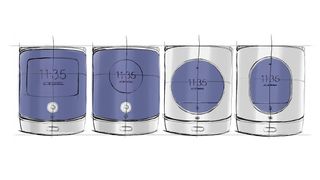
So it seems that Motorola might add features to this display for future Razr (or other foldable) devices. This is backed up by sketches provided to TechRadar by Motorola (above), in which we can see a few different ways the QuickView Display could have been implemented in the Razr 2019.
It shows large, small and all-front screens, so it’s possible the company might well experiment with more options for the front screen too.
What about something completely different?
One of the most interesting things we learned in our last interview with Moto’s Steen and Castano was that it wasn’t just the Razr phone that was considered for foldable tech - things like a flexible smartwatch were mooted, and we might still see new flexible device form factors from Motorola.
“We are fully committed to developing ideas and products that make sense for consumers in [the foldable display technology] space,” Castano said, elaborating “there are other technologies also emerging and evolving, whether it’s connectivity with 5G, or things you can start doing with the intersection of physical and digital interfaces.”
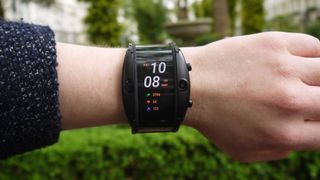
So it seems Motorola isn’t necessarily done with, as Castano mentioned early in our interview, "having the device or the technology conform to the human body in the sense of a wearable".
So far there haven’t been any popular examples of smart devices that flexibly conform to the human body, with the few attempts, like the Nubia Alpha with a curved screen that meant you had to rotate your wrist to properly see the display, all falling short, and that’s likely why Motorola hasn’t put out a flexible wearable just yet.
So will we see another flexible Motorola Razr - and if so, how will it look? That depends on one thing: the success of the current model. As that’s just gone on sale, it’s hard to tell how it will be received by early adopters - if it’s a roaring success, then it’s likely Motorola will be itching to get a sequel out to build on that hype.
However, it seems that at this early stage the response to the device has been far more muted from reviewers, with TechRadar’s David Lumb saying “its execution leaves several things to be desired” so it’s likely – if Moto wants to establish itself as a front-runner in the flexible smartphone space – it will need to be even bolder with design, improve the spec list and do that without driving up an already-large price.
But it’s good to hear that phone designers are excited about the possibilities of flexible devices - hopefully the development will continue to the point where we get innovative and attractive devices for a more palatable price point.

Tom Bedford joined TechRadar in early 2019 as a staff writer, and left the team as deputy phones editor in late 2022 to work for entertainment site (and TR sister-site) What To Watch. He continues to contribute on a freelance basis for several sections including phones, audio and fitness.
